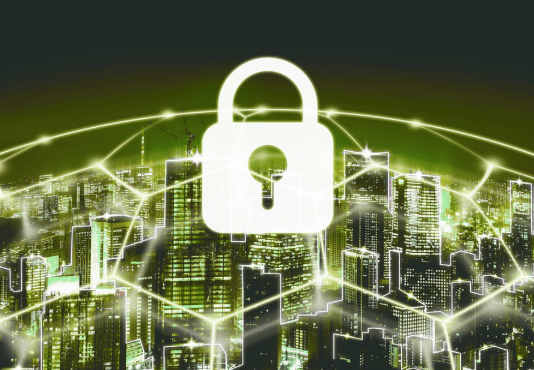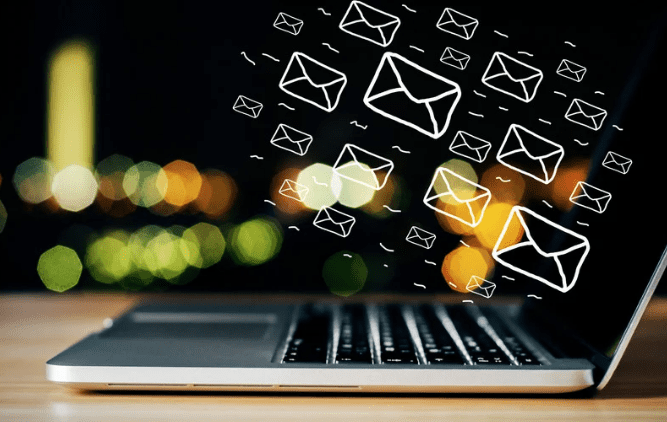In 2025, cybersecurity is no longer just a technical concern—it’s a strategic priority for organizations of all sizes. As digital transformation accelerates, so do the risks associated with data breaches, ransomware, and emerging technologies. Businesses must adapt quickly to protect their assets, maintain customer trust, and ensure operational continuity.
Emerging Threats and Technologies
One of the most significant shifts in cybersecurity is the rise of AI-powered attacks. Cybercriminals are leveraging artificial intelligence to automate phishing campaigns, bypass traditional defenses, and exploit vulnerabilities at scale. In response, organizations are adopting AI-driven security tools to detect anomalies, respond to threats in real time, and strengthen overall resilience.
Quantum computing is also on the horizon, posing a potential risk to current encryption standards. While still in its early stages, forward-thinking companies are beginning to explore quantum-resistant cryptography to future-proof their data protection strategies.

The Rise of Zero Trust
The Zero Trust model has become a cornerstone of modern cybersecurity. By assuming that no user or device is inherently trustworthy, organizations can better control access to sensitive systems and data. In 2025, Zero Trust is being widely adopted across cloud environments, remote workforces, and hybrid infrastructures, offering a more secure and flexible approach to access management.
Ransomware and Data Protection
Ransomware remains one of the most damaging cyber threats, with attacks becoming more targeted and costly. Businesses are responding by implementing robust backup and recovery plans, enhancing endpoint protection, and conducting regular security awareness training to reduce human error.
Compliance and Governance
With stricter regulations around data privacy and cybersecurity, compliance is now a critical component of business strategy. Laws such as GDPR, CCPA, and emerging AI governance frameworks require organizations to maintain transparency, accountability, and robust data protection measures.
Best Practices for 2025
To stay secure in today’s environment, organizations should:
- Adopt a layered security approach across networks, endpoints, and applications.
- Conduct regular employee training and phishing simulations.
- Implement multi-factor authentication and strong password policies.
- Maintain secure, offsite backups and test recovery procedures.
- Monitor systems continuously for threats and vulnerabilities.

Take the Next Step Toward Stronger Cybersecurity
Cyber threats are evolving—your defenses should too. Whether you’re a small business or a growing enterprise, investing in proactive cybersecurity solutions is essential. Our team offers tailored services to help you assess risks, strengthen your defenses, and build a resilient security posture.
Ready to protect your business in 2025 and beyond?
Contact us to schedule a cybersecurity consultation or explore our managed IT services.

